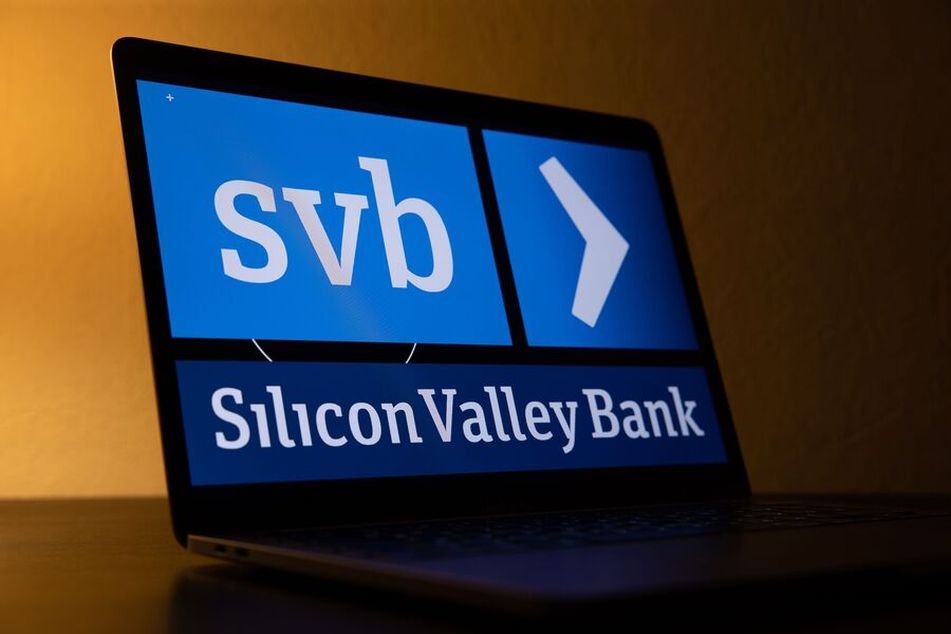SVB Financial Group files for bankruptcy

Silicon Valley Bank's parent company filed for Chapter 11 after the bank was placed in FDIC receivership last week.
Silicon Valley Bank’s parent company filed for bankruptcy after worry spread among its long-established customer base of tech startups, prompting regulators to seize the firm’s banking unit.
SVB Financial Group listed assets and liabilities of as much as $10 billion each in a Chapter 11 bankruptcy petition filed in New York. Broker-dealer SVB Securities and venture capital arm SVB Capital aren’t included in the filing, according to a statement.
Because Silicon Valley Bank is a California-chartered commercial bank and part of the Federal Reserve system, it is not eligible for bankruptcy and landed in Federal Deposit Insurance Corp. receivership instead. Its parent company, however, is eligible to file in order to protect its remaining assets and work on repaying creditors, including bondholders.
Following the receivership, SVB Financial is no longer affiliated with Silicon Valley Bank NA or its private banking and wealth management business, SVB Private, the company said.
SVB “believes” it has about $2.2 billion of liquidity and counts its equity in SVB Capital and SVB Securities among its assets, according to the statement. It owes bondholders about $3.3 billion.
Centerview Partners is helping SVB evaluate strategic alternatives for SVB Capital and SVB Securities. The process has garnered significant interest, and any sale would require bankruptcy court approval, according to the statement.
“SVB Financial Group will continue to work cooperatively with Silicon Valley Bridge Bank,” William Kosturos, chief restructuring officer for SVB Financial Group, said in the statement. “We are committed to finding practical solutions to maximize the recoverable value for stakeholders of both entities.”
[More: Silicon Valley Bank wealth management sale could be quick]
Santa Clara, California-based SVB is the biggest bank to fail in more than a decade, with about $209 billion in total assets as of the end of last year, the FDIC said. It’s also the second largest bank to fall under the agency’s receivership, behind only Washington Mutual Inc., which imploded in 2008.
Concern in tech circles swelled in March after Peter Thiel’s Founders Fund and other high-profile venture capital firms advised their portfolio companies to pull money from the bank. That advice came a day after the bank’s parent company announced it would try to raise more than $2 billion following a significant loss on its portfolio.
Silicon Valley Bank was founded in 1983 over a poker game between Bill Biggerstaff and Robert Medearis, according to a statement from the bank’s 20th anniversary. Since its start, the firm has specialized in providing financial services to tech startups.
The now-bankrupt parent company held about $2.3 billion of cash, $500 million of investment securities and $475 million of other assets as of Dec. 31, according to regulatory filings. It had about $3.4 billion of long-term debt at the time.
The case is SVB Financial Group, 23-10367, U.S. Bankruptcy Court for the Southern District of New York.
Silicon Valley Bank rescue won’t bring down bond market
Learn more about reprints and licensing for this article.








